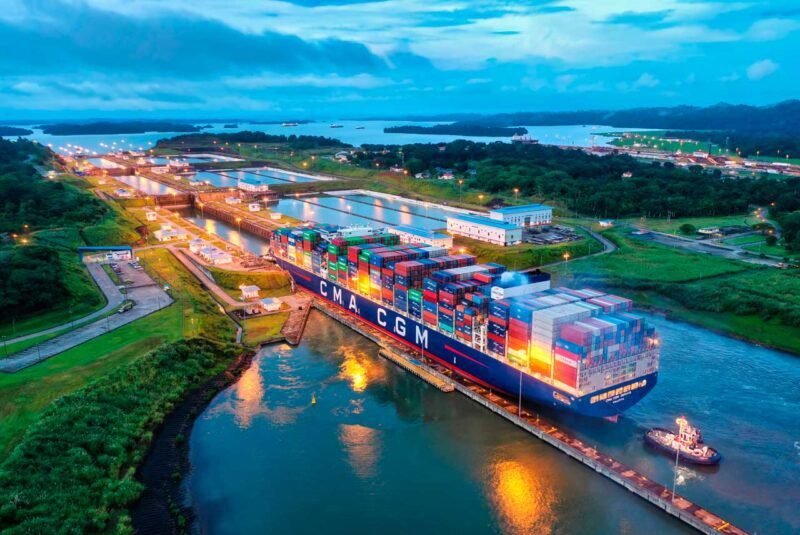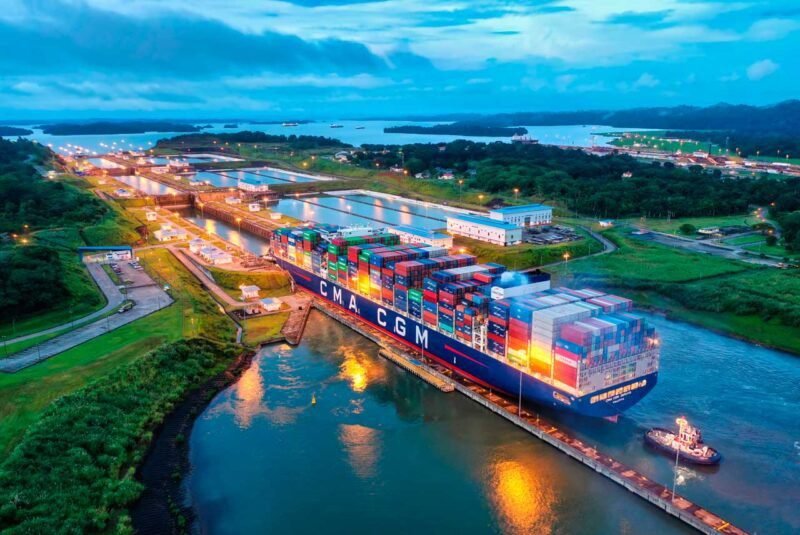The Panama Canal successfully averted a shipping crisis through careful water management and a stroke of luck. Due to a severe drought in Panama, the Panama Canal Authority reduced the number of ships passing through, causing delays and increased costs for shipowners. However, with rising water levels, the authority has now raised the daily ship limit to close to pre-drought levels, allowing for shorter waiting times and potential return to full capacity next year.
Extreme weather conditions, such as droughts and floods, are affecting waterways around the world, highlighting the need for adaptation to climate change. The Panama Canal has implemented water-saving measures to mitigate the effects of the drought and is looking to increase water levels to maintain trade flow during the next dry season. The canal’s reopening is welcomed by shippers and exporters, providing relief for those who have faced route disruptions and restrictions.
The Panama Canal’s management of water resources, along with the end of El Niño and increased rainfall from La Niña, have contributed to the canal’s recovery. Longer-term solutions, such as building additional reservoirs, are being considered to address the water crisis. The new government under President-elect José Raúl Mulino is prioritizing solving the water problem, showcasing the importance of water management for global trade through the Panama Canal.


















